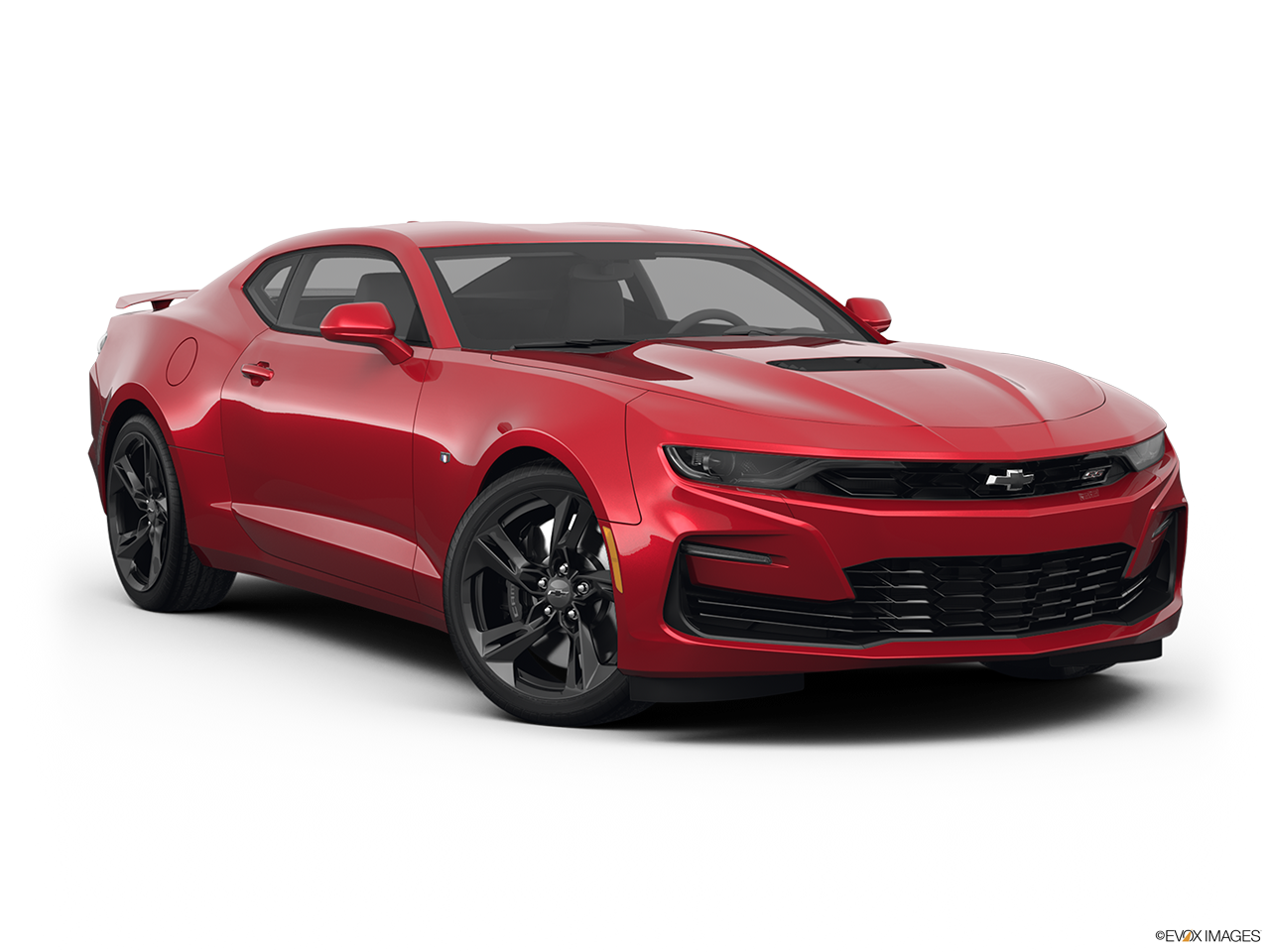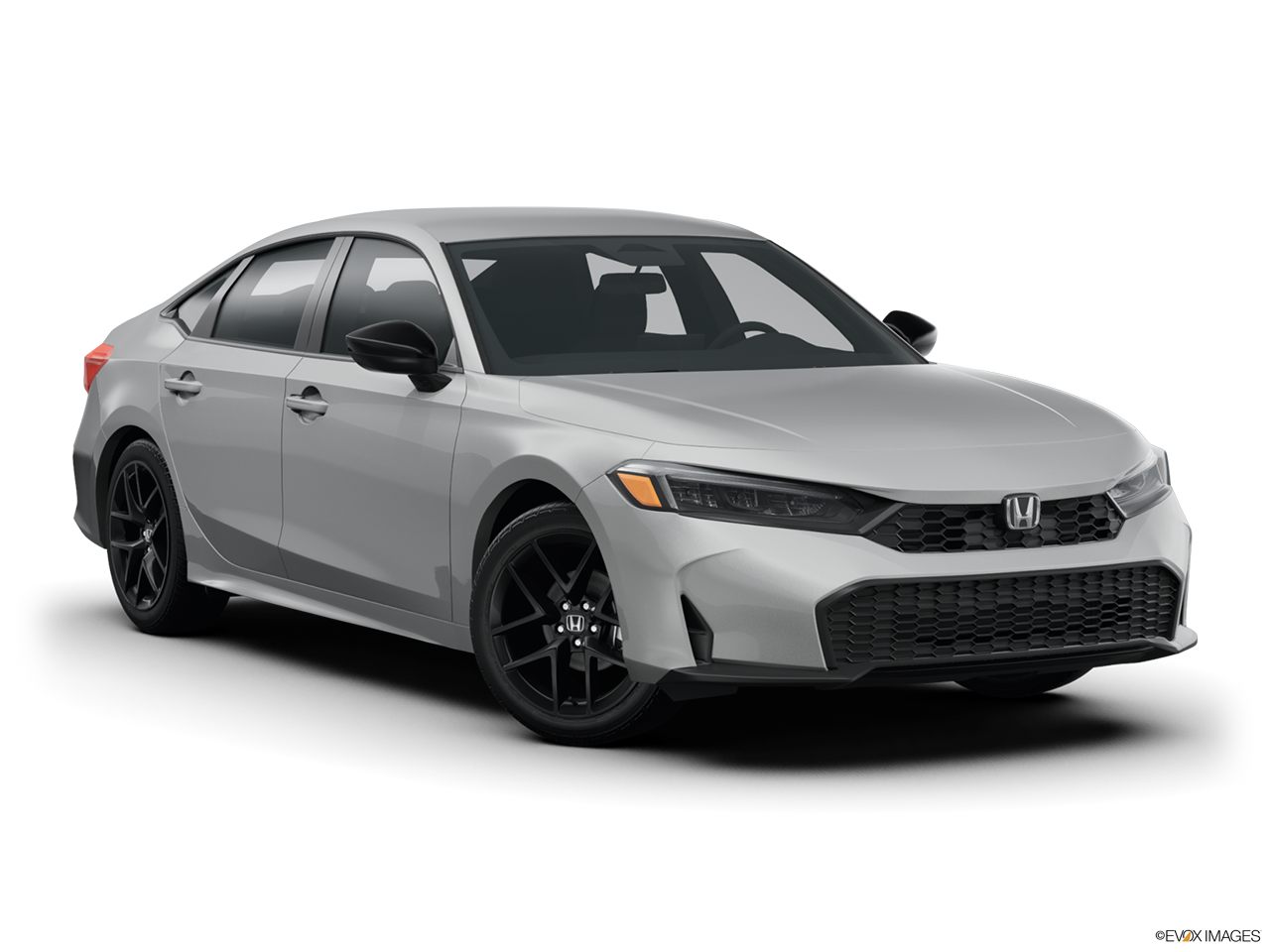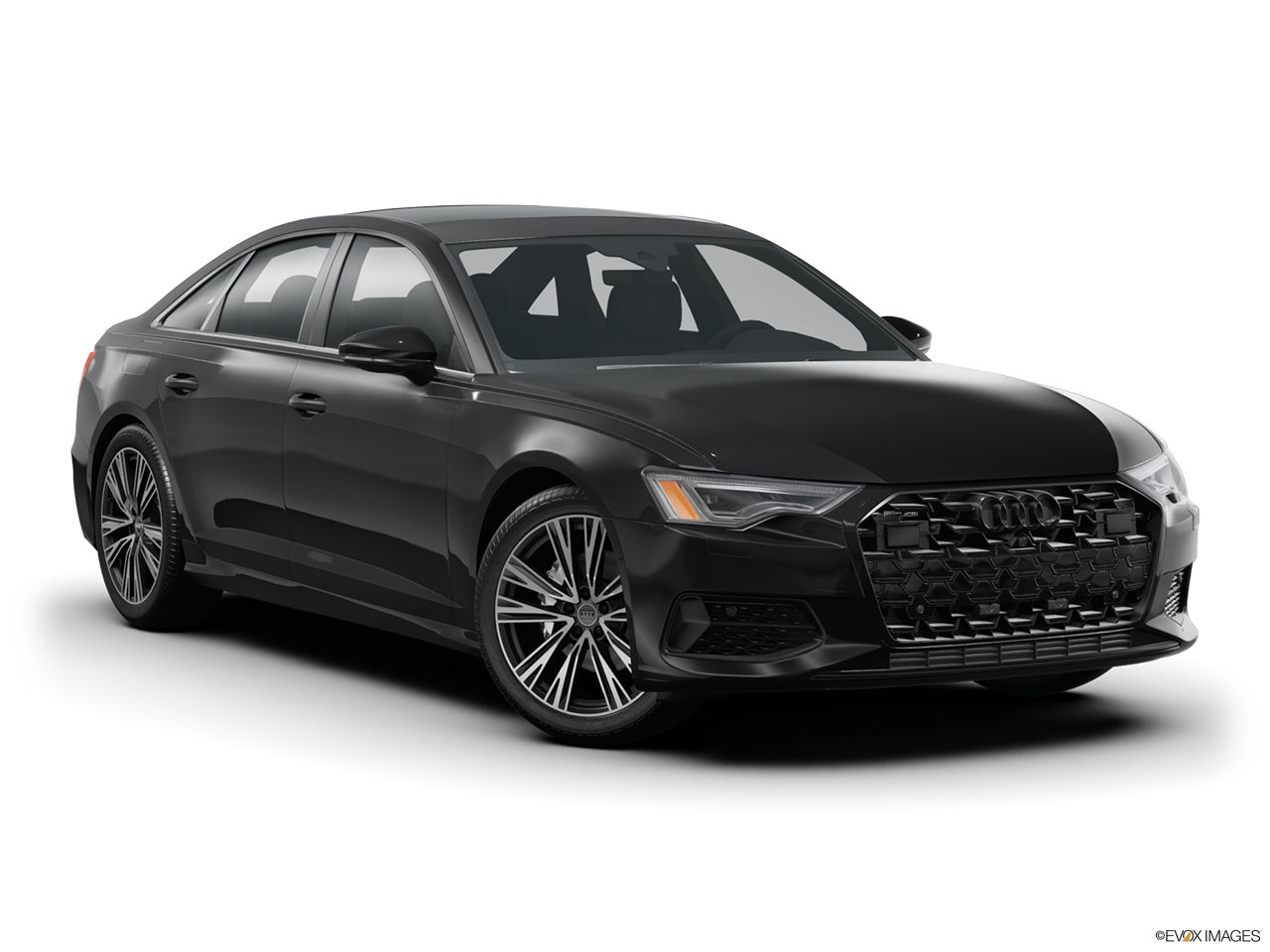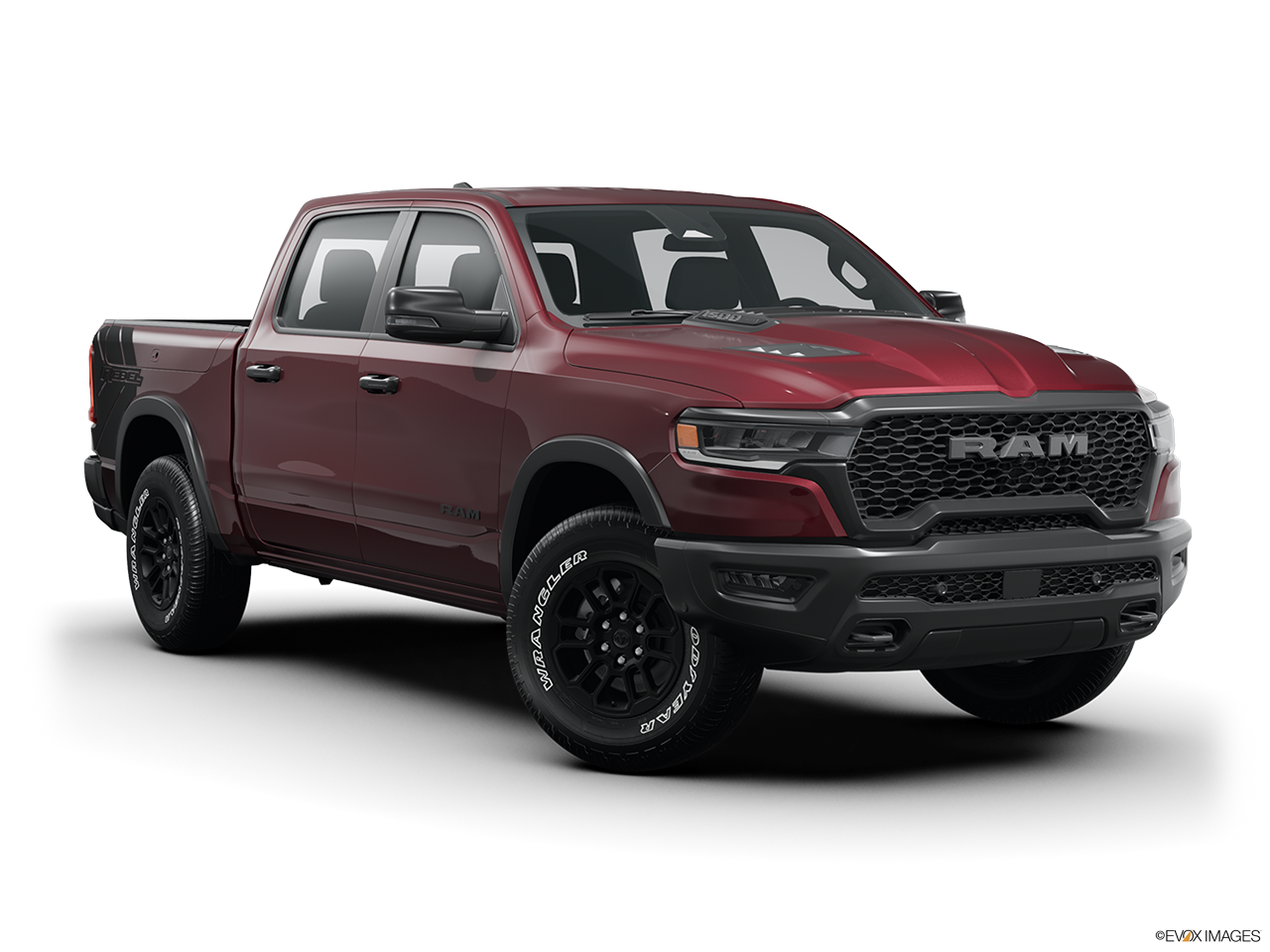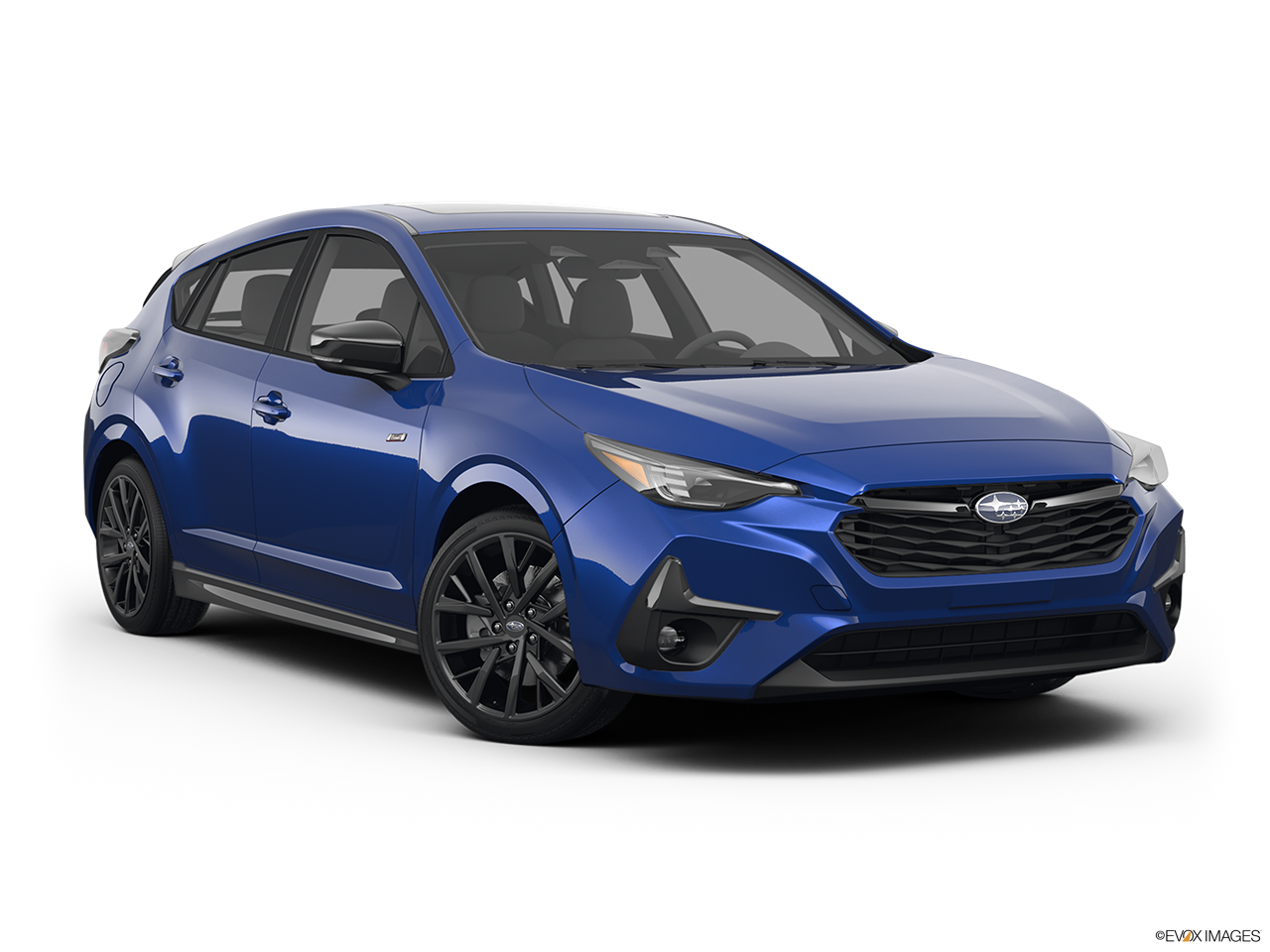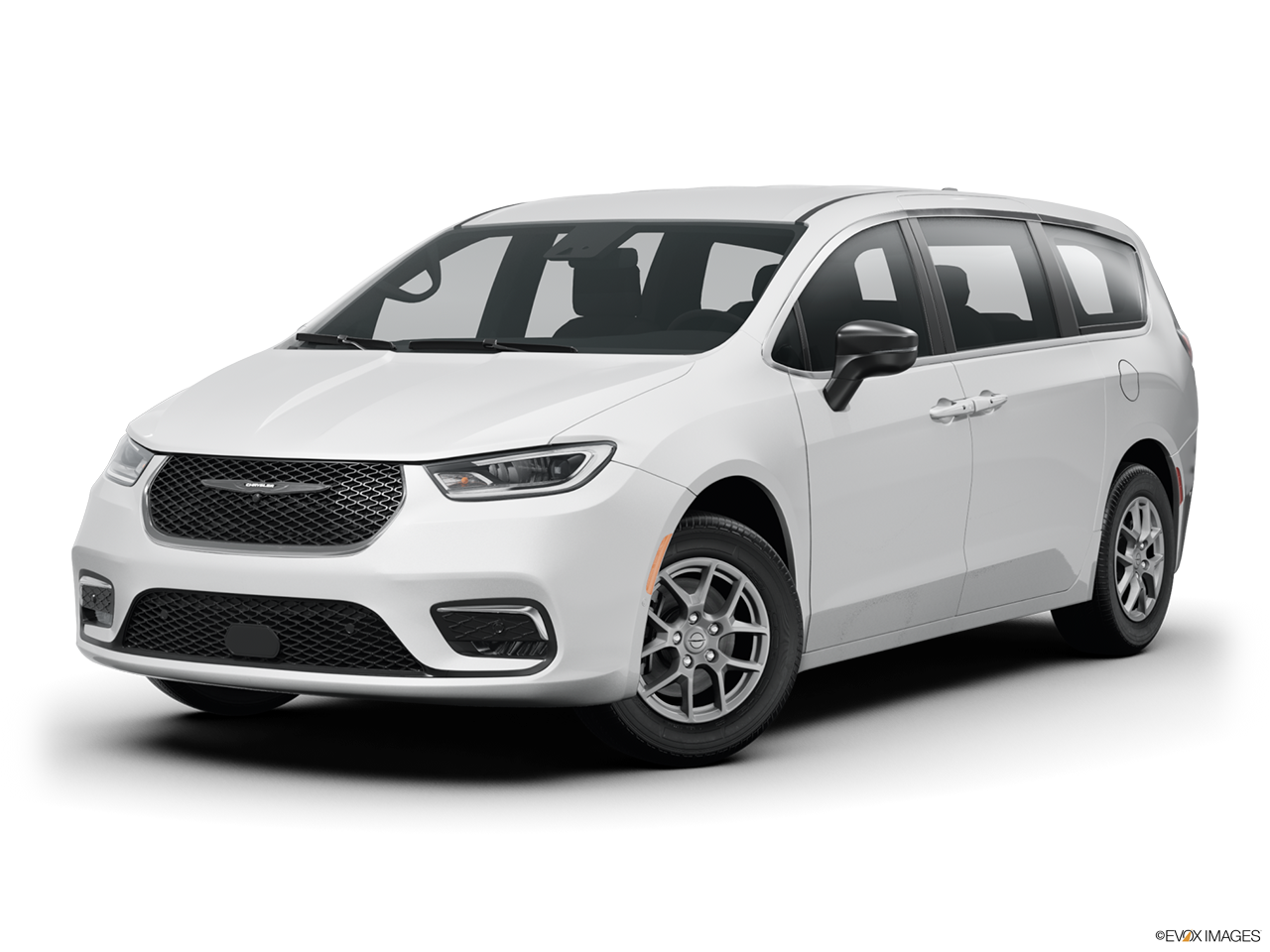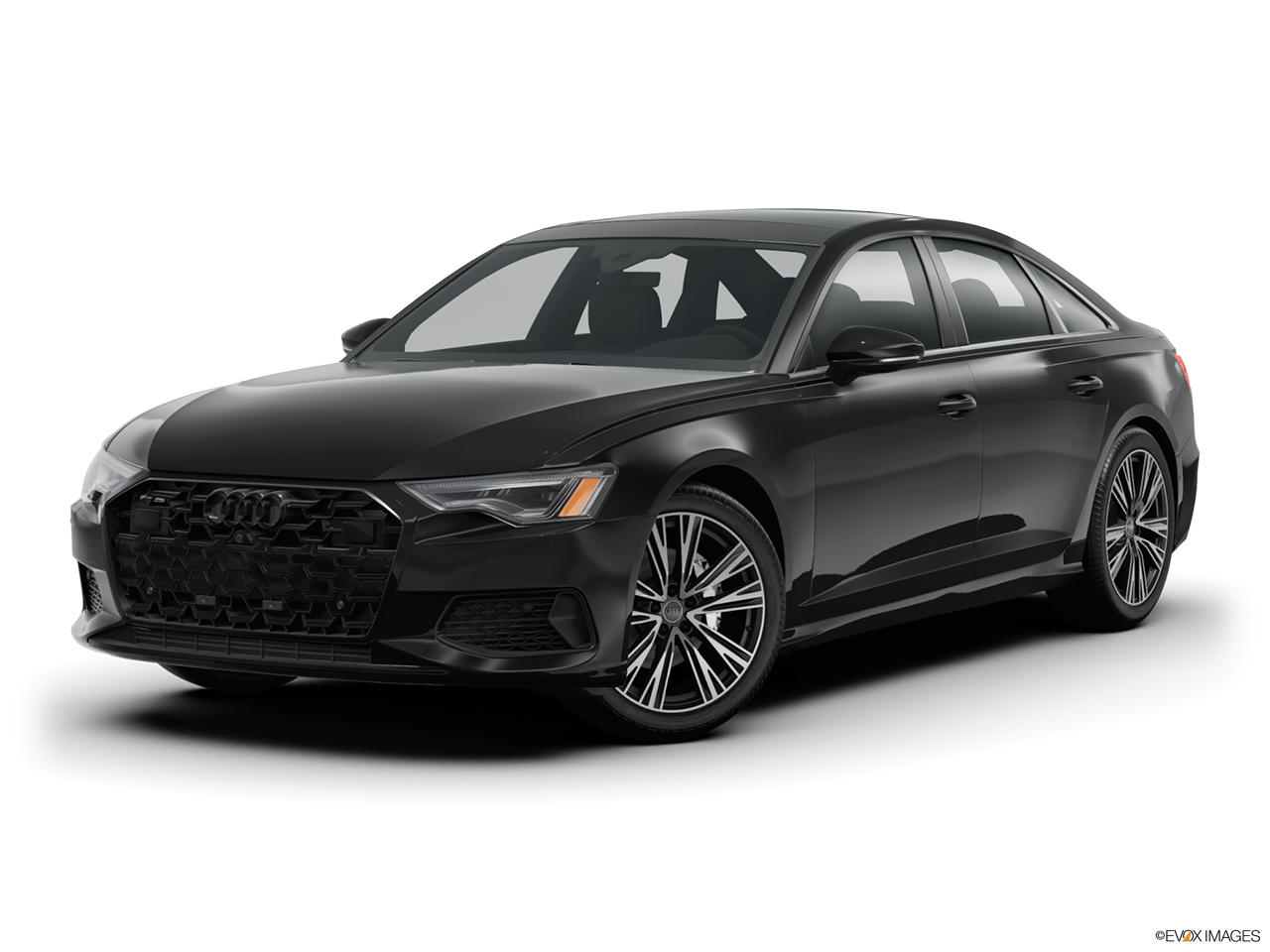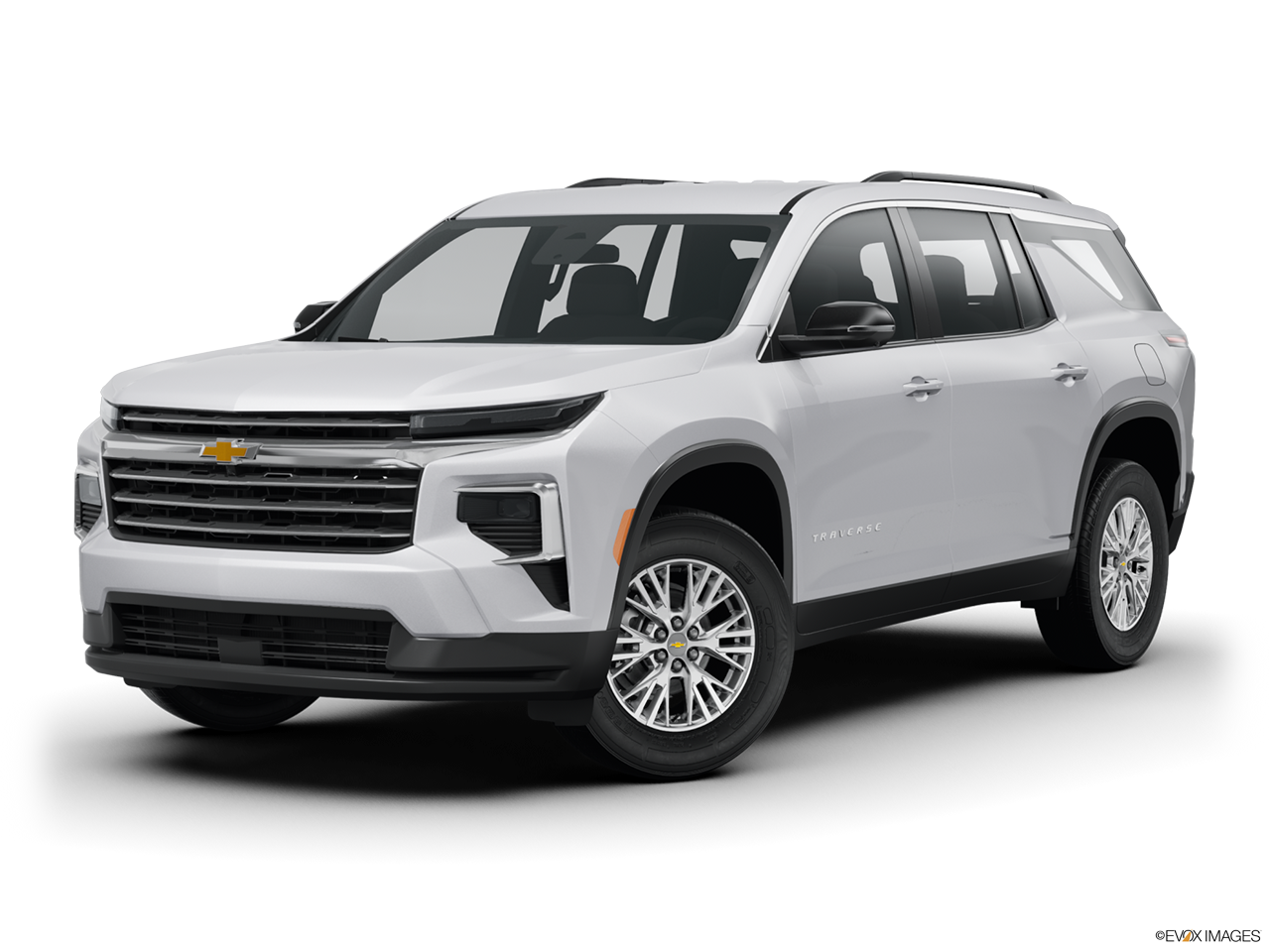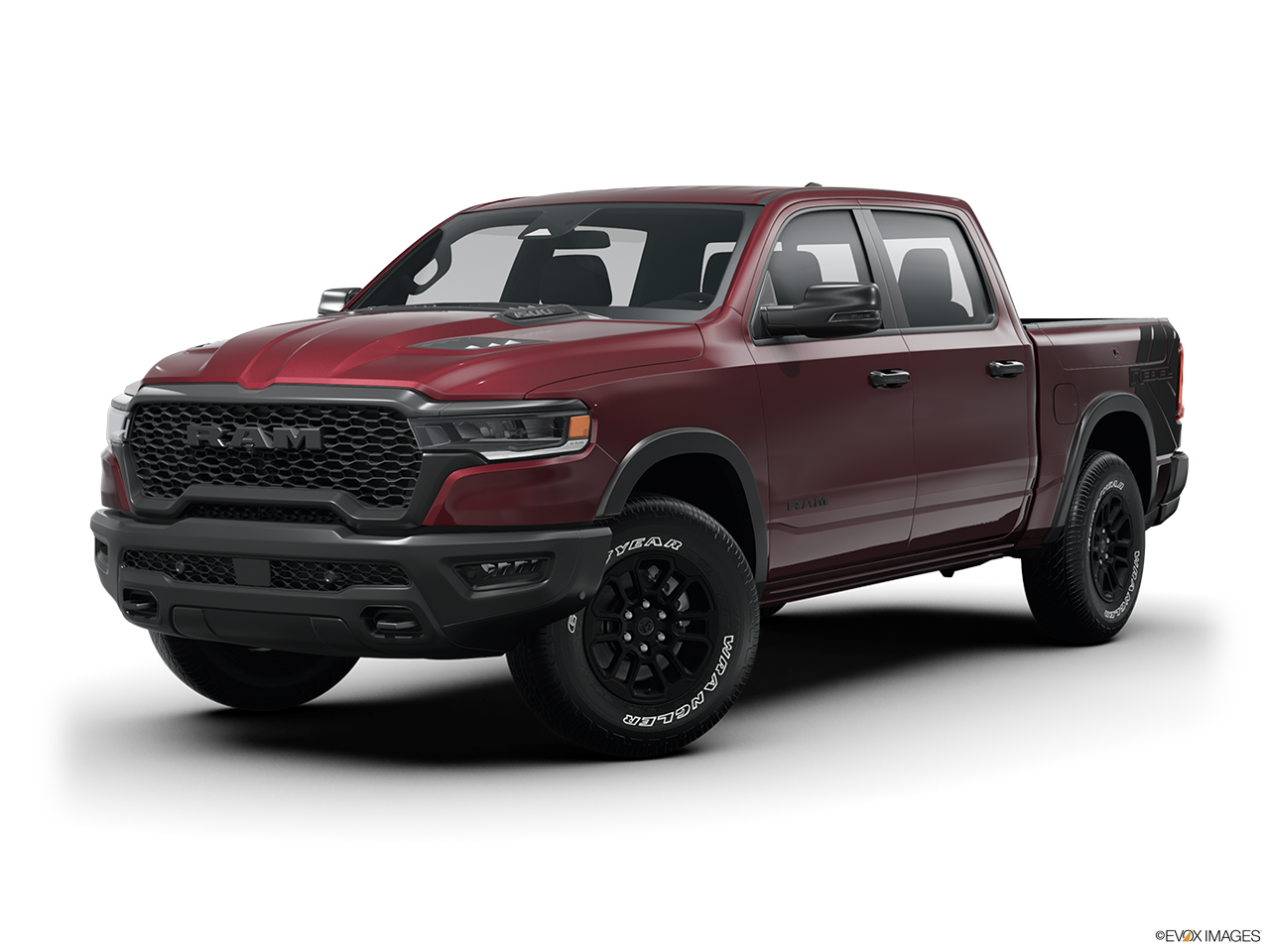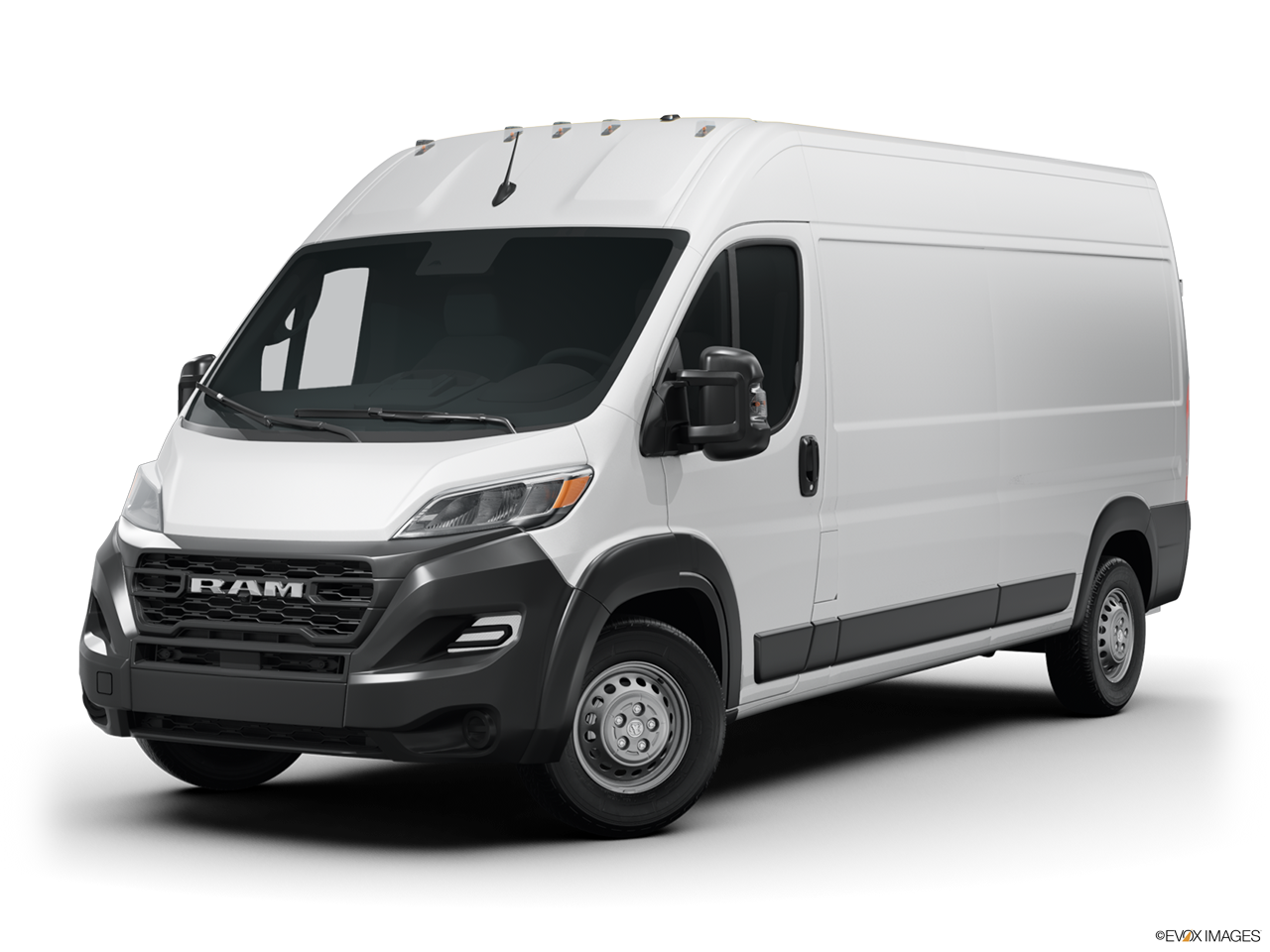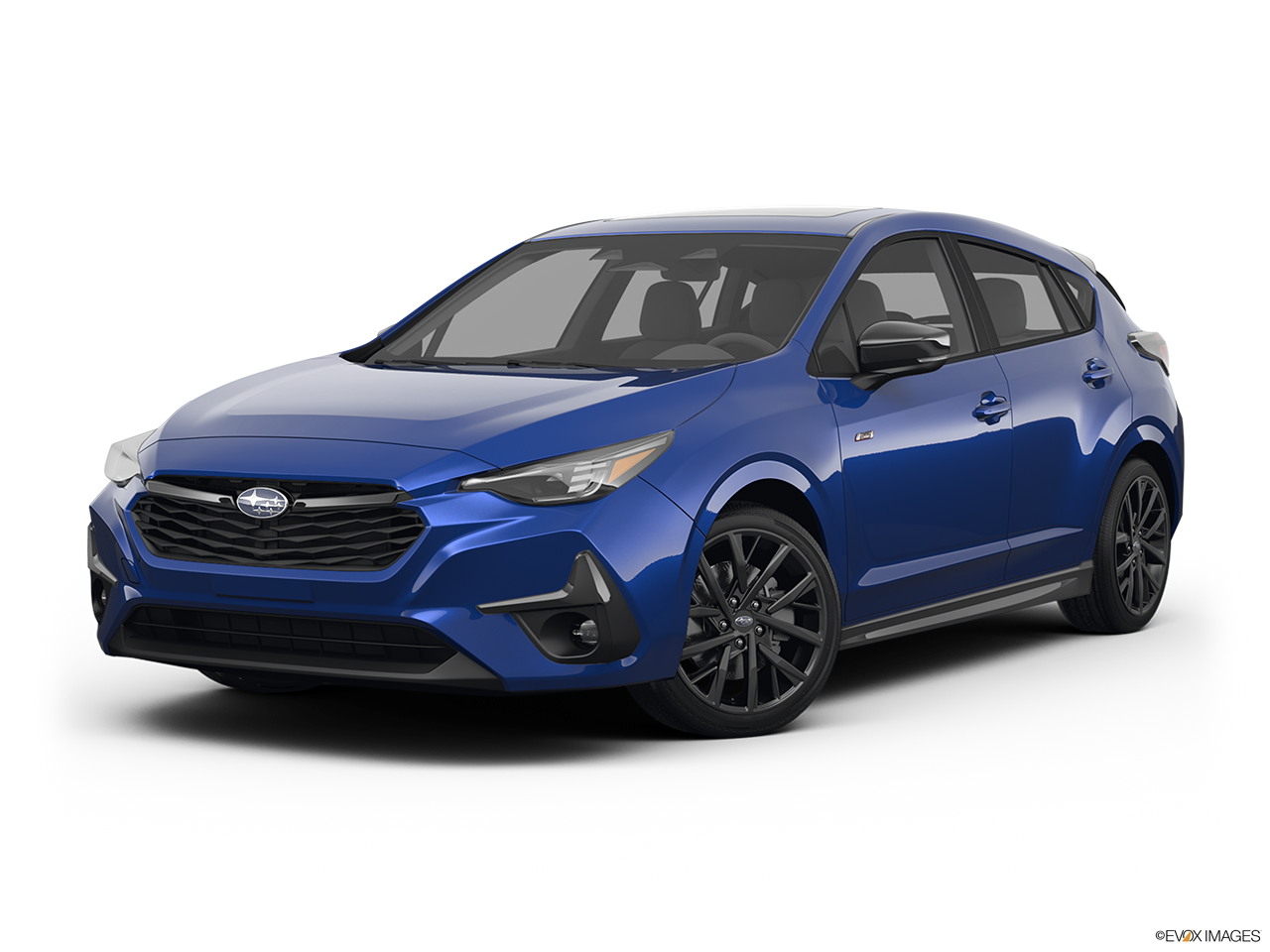Towing Classes Guide
By Jakob Hansen, 6/3/2020
Towing can be difficult, make it easier by using the right vehicle. Use this simple towing class guide to ensure you have the right tool for the job.
Towing can be difficult, make it easier by using the right vehicle. Use this simple towing class guide to ensure you have the right tool for the job.
Typically when buying a car, we have several parameters established that we have to stay within for the vehicle we are purchasing. This is a smart way to shop and helps to ensure that you are getting the right vehicle to fit your needs.
At first, this is easy. I need a vehicle that has three rows of seats, AWD, and Bluetooth would be nice. Simple enough. However, once towing comes into play, it starts to be difficult to differentiate between the vehicles and their individual trim packages. Whether you are an off-road enthusiast, a contract worker, or in need of a vehicle that can do it all, towing is an important part of your life.
When it came to searching for our own vehicles, we discovered we had trouble determining what vehicle had a tow package, and what tow capacity that vehicle was rated for. That’s why we decided to build our own system, to make it easier to find the vehicle that is capable of towing your things.
We have already covered towing capacity, so let's break down the towing classes, how exactly do they break down?
Towing Classes Explained?
The different towing classes are broken down into five categories. Each class is consecutively rated for higher weight, ranging from as low as 2,000 lbs., up to an impressive seemingly impossible numbers. Each class has very specific parameters, knowing what class your vehicle falls within will ensure that you never over-tow your vehicle.
What are the Towing Classes?
Class I Hitch
- 1-1/4" x 1-1/4" receiver tube opening or fixed tongue
- Maximum carrying capacity of up to 2,000 lbs
- Maximum trailer tongue weight of 200 lbs
- Designed for cars or small crossovers
- Class I hitch example: Ford EcoSport towing a small rowboat or bike rack
- Typically attached to bumper or vehicle frame
Class II Hitch
- 1-1/4" x 1-1/4" receiver tube opening
- Maximum carrying capacity of up to 3,500 lbs
- Maximum trailer tongue weight of 300 lbs
- Designed for larger sedans, mini-vans, and crossovers
- Class II hitch example: Toyota RAV4 towing a small fishing boat, flat trailer, or small U-Haul trailer
- Typically attached to the vehicle frame, occasionally attached to the bumper
Class III Hitch
- 2" x 2" receiver tube opening
- Maximum carrying capacity of up to 6,000 lbs
- Maximum trailer tongue weight of 500 lbs
- Compatible with a weight distribution hitch, increasing towing capacity to 10,000 lbs
- Designed for full-size trucks and SUV’s
- Class III hitch example: Ford F-150 towing a boat, camper, or car hauler
- Attached to vehicle frame only
Class IV Hitch
- 2" x 2" receiver tube opening
- Maximum carrying capacity of up to 10,000 lbs
- Maximum trailer tongue weight of 1,000 lbs
- Compatible with a weight distribution hitch, increasing towing capacity to 14,000 lbs
- Designed for full-size pickups and SUV’s
- Class III hitch example: Ford F-250 towing a large boat, full-size camper, or large car hauler
- Attached to vehicle frame only
Class V Hitch
- 2" x 2" or 2-1/2" x 2-1/2" receiver tube opening
- Maximum carrying capacity of up to 12,000 lbs
- Maximum trailer tongue weight of 1,200 lbs
- Compatible with a weight distribution hitch, increasing towing capacity to 17,000 lbs
- Designed for heavy-duty pickups
- Class IV hitch example: Ford F-150 towing a 40’ camper, large car hauler, or loaded flat trailer.
- Attached to vehicle frame only
Other Types of Hitches
Some vehicles have hitches that do not fall within the typical hitch hierarchical structure. They still have tow ratings and tongue weight ratings that must be followed for your safety.
Bumper Hitch
- Attached to the bumper of small SUV’s and cars
- Low tow rating, typically less than 1,000 lbs
- Used for small objects like bike racks, cargo carriers, and very small trailers.
Fifth Wheel Hitch
- Mounted in the bed of a full-size pickup
- Accepts fifth wheel trailer kingpin
- Towing capacity ranges from 16,000 up to 30,000
- Used for large campers
Gooseneck Hitch
- Mounted in the bed of a full-size pick-up
- Accepts gooseneck trailers
- Towing capacity up to 30,000 lbs.
- Used for horse or livestock trailers, multi-car haulers, large flatbeds, and industrial trailers
Conclusion
Towing can get confusing. Honestly, it even took us a long time to put all of this together with accurate information. We want your car buying experience to be as easy as possible, and that’s why were here to help.
|
|
Jakob is our writer with a love for all things automotive. He comes from a dealer background with experience on both sides of the fence. Knowing the system inside and out, he knows the best cars and the best deals. No matter what. |

